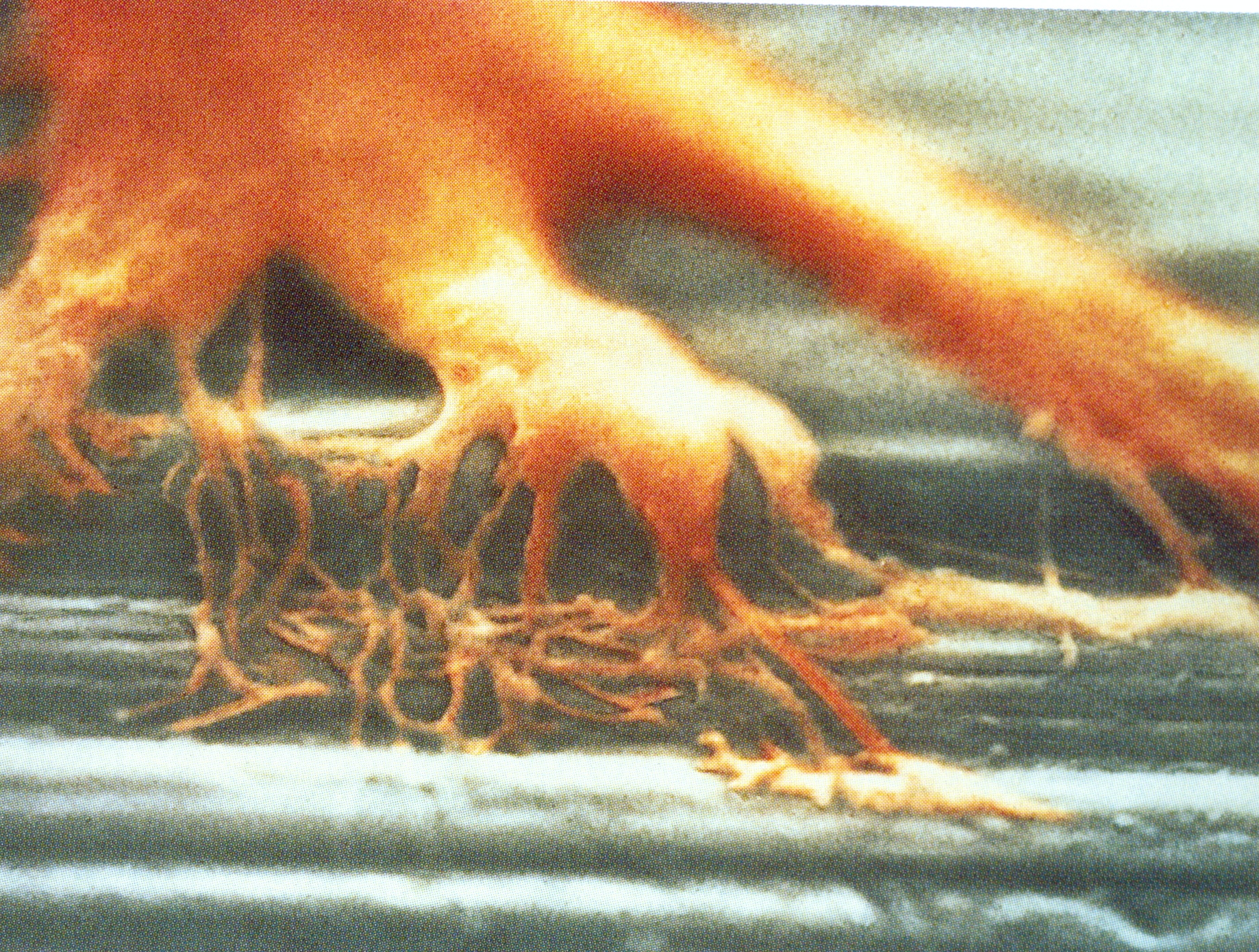In our IUPAC Recommendations, section GR-8, “the nitro problem” is discussed in detail. To quote:
“The nitro problem” is one of the most familiar issues in chemical informatics: How should a nitro group be best represented? Experimentally, the two oxygen atoms are equivalent, so it would make sense to depict them symmetrically. However, any way to depict them symmetrically will either violate the popular “octet rule” or force a double positive charge on the nitrogen atom. Conversely, any attempt to honor the octet rule results in oxygen atoms that appear to be non-equivalent. Similar problems arise for molecules based on sulfur, phosphorus, and related elements. Furthermore, all of these are fairly common functional groups, and cannot readily be pushed aside as “unusual” cases.
The recommended representation of nitrobenzene is either (a) or (c) while (b) is not acceptable. Needless to say, (b) is exactly the way this compound is drawn in Beilstein database, while the search with charge-separated nitro query will not work.
O.png) | 2.png) |  |
| (a) | (b) | (c) |
|---|
But what is wrong with representation using “pentavalent” nitrogen? In my view, nothing. How else one should draw nitrogen dioxide (d)? One can think of nitro group as of nitrogen dioxide with a single bond instead of the unpaired electron.
 |
| (d) |
|---|
For purely aesthetic reasons, the multiple charge-separated nitro groups are not good: too many charges without good reason. For example, hexanitroplatinate(2–) looks much nicer when the sketch shows only one charge, 2– (e), rather than 13 assorted charges as in (f).
 |  |
| (e) | (f) |
|---|





